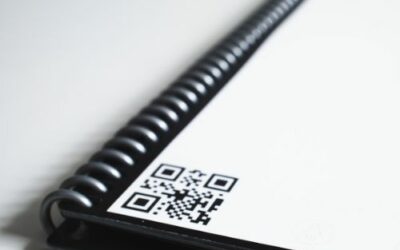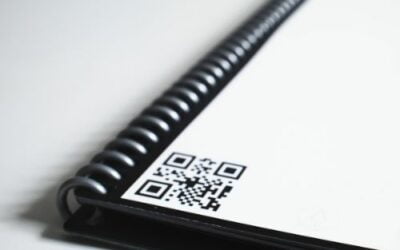
GPS asset tags help you maintain a clear overview of where your assets are. You can do this with a wide range of assets, especially if they’re in transit. Therefore, GPS asset tags are useful in a wide range of industries, from healthcare to construction.
So, what do you need to know about GPS asset tags before you invest in them?
How Do GPS Asset Tags Work?
GPS asset tags work in a similar way to your phone. They contain a SIM card that periodically pings a GPS location to your asset tracking software.
Your asset tracking software then takes that GPS location and logs that as the last known location of an asset. You can configure GPS trackers so that they ping at different intervals.
GPS asset tags also work on batteries and are rechargeable with a micro-USB. This makes them more viable for vehicle asset tracking as you will be able to plug your tags in.
How Does Asset Tracking Software Work?
Asset tracking software works by allowing you to log individual asset profiles to represent your assets. In other words, you can log each of the laptops your business owns as unique assets.
Then, you can add data to these unique asset profiles. This can be issues information, check in check out data, asset locations, and more. This is where any GPS location updates will be logged too. Therefore, you get a neat audit trail of where your assets have been and how they’ve been behaving.
You can use different asset tags, too. These work in a similar way to GPS asset tags as, whenever you scan a QR code, the GPS location updates using your phone’s GPS data. In this sense, a GPS tracker works similar to a QR tag only without the scanning element, as your GPS tracker updates periodically and automatically.
Drawbacks of GPS Trackers
GPS trackers do come with some drawbacks, however. These drawbacks largely relate to the technology available now and how it can be integrated into a GPS tracker.
In essence, the main bulk of the tracker you purchase will be a house for the SIM card. The SIM card will then interact with cell towers and ping the tracker’s location. However, these trackers are still quite bulky to allow for durability and weatherproofing.
The accuracy of the location will also depend on signal strength, and GPS trackers usually work with 2G or 3G. This can lead to varying results, especially as your asset tracking software will expect an address, so any updates in fields may cause more of a discrepancy.
The largest drawback will likely be the battery life, however, as this needs to be recharged periodically. If your trackers update less frequently, the life can last up to a year, yet this can vary.
Benefits of GPS Trackers
There are some circumstances where GPS trackers are perfect, however. For example, if you need to track deliveries and keep locations up to date across large surface areas, GPS trackers will work where no other tracking software does.
Ultimately, GPS trackers reach a level of functionality that isn’t available for other hardware. So, the best way to use GPS asset tags is in tandem with other types of asset tags.
When you use GPS trackers in tandem with fixed RFID asset tracking, for example, you can see when your assets are leaving a building and where they go otherwise. Without the GPS element, you would otherwise lose this visibility.
The technology is always developing and improving and at a rapid rate, so it won’t be long until GPS trackers are much better suited to more types of asset tracking.
To find out more about how asset tags can save your business time and money, you can contact the itemit team at team@itemit.com. You can also fill in the form below to start a 14-day free trial of our asset tracking software.

Try itemit
Choose a better way to track
your assets.
Start your free 14-day trial now!

Keep Learning
itemit Blog
Tips, guides, industry best practices, and news.
Why You Should Manage Your Assets with QR codes
QR codes may be small in size but can be incredibly transformative to your operations. Discover why you should consider QR codes for your asset management.
How QR Code Asset Management Will Transform Your Operations
QR codes are growing in popularity for asset tracking. Read our latest post to find out more about how QR codes can transform your asset management process.
A Beginner’s Guide to QR Tags
QR code tags have grown in popularity in recent years for good reason. Discover everything you need to know about them in this handy guide.



